Apartment Woodworking: How to Start Woodworking in Your Living Room
Last Updated: 17 Sep 2025
Can You Really Do Woodworking in an Apartment?
I have received this same question from many people:
“I live in an apartment. Can I still do woodworking?”
When I first heard this question, honestly, I thought, “Hmm, maybe that’s difficult.” That’s because I assumed woodworking had to be done in a garage or workshop.
But as I continued to talk with people, I realised something important: With some creativity, you can do woodworking even in an apartment or living room.
The Everlasting Question of “Where to Work”
This is a common concern for many amateur woodworkers.
“I don’t have space.” “I can’t fit a workbench.” “Dust and noise will bother the neighbours.”
All of these worries are understandable.
What’s interesting is that once you face this question, you connect to woodworking traditions around the world. The belief that “woodworking requires a large workshop” is not always true. In fact, making do with limited space is closer to the essence of woodworking.
Japanese Housing Conditions
Japanese homes have never been very spacious. Traditional townhouses in cities had narrow facades and long, deep layouts, usually without gardens or sheds. Even today, large garages are rare in urban areas.
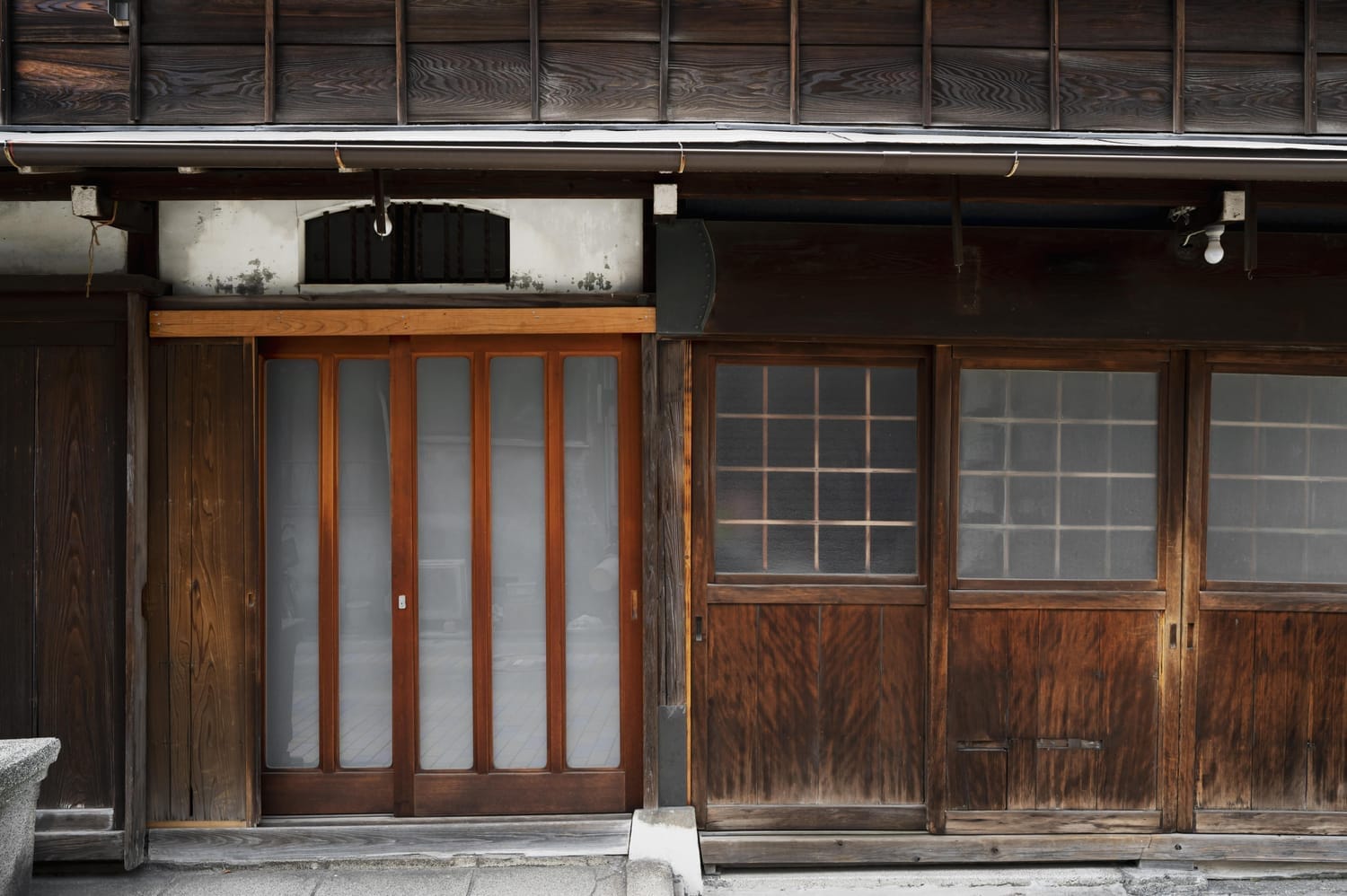
To keep woodworking alive under such conditions, sashimono craftsmen developed creative solutions.
Learning from Japanese Sashimono Craftsmen
Sashimono is the craft of making furniture and boxes without nails, relying instead on joints and joinery. Chests, shelves, document boxes, and tea utensils were all carefully handmade.
These craftsmen often worked in incredibly small spaces—just a few tatami mats. They placed a thick support board (called an ate-dai in Japanese, a simple board used as a portable work surface) on the floor, sat down, and held the wood with their feet while working with saws, chisels, and planes.
Their workshops were quiet: the sound of a hand plane shaving wood, and the steady rhythm of a mallet. No roaring machines, no clouds of dust. Just body, tools, and a small space.
Even today, active sashimono craftsmen demonstrate that the belief “woodworking is impossible without a large workshop” is nothing more than an illusion.
The Rise of “Unplugged Woodworking”
The fact that Japanese sashimono craftsmen sustained woodworking in limited spaces using only hand tools and ingenuity is not unique.
In recent years, the same way of thinking has been rediscovered in many parts of the world. This is called “unplugged woodworking”—literally, “woodworking with the power cord pulled out.”
In other words, it is a style of working without power tools, relying instead on hand saws, chisels, and planes.

This trend is not mere nostalgia. It is a rational choice that fits modern life:
Less noise: In apartments or suburban housing, it causes less trouble for neighbours.
Less dust: Unlike power tools, it does not fill the air with fine particles, making it easier to handle indoors.
Smaller space required: Without large machines, you can work with just a few hand tools and a compact workbench.
Simpler tools: Storage and clean-up are easy, and tools blend naturally into living spaces.
Furthermore, more and more people are finding joy in the very act of spending time with wood. While machines can finish the task in an instant, many choose to do it slowly by hand—feeling the resistance of the grain, listening to the sounds, and enjoying the scent of wood. Around the world, there is a steady increase in those who find value in this experience.
In other words, unplugged woodworking is a movement to bring woodworking back into daily life.
It does not assume a large workshop or expensive machines, but instead transforms a corner of daily living—a living room, a small room, or even a kitchen table—into a workshop.
Arriving at a Shared Philosophy
Looking at it this way, we can see that Japanese sashimono craftsmen and unplugged woodworkers around the world, despite living in completely different cultures and times, have reached the same conclusion.
“Woodworking can be done with hand tools and ingenuity, without relying on large spaces or electricity.”
This is the philosophy they share—and it is also the reason I can confidently say: “Yes, you can do woodworking in your living room.”
Steps to Transform Your Living Room into a Workshop
So how can you bring this philosophy into your own life? Let’s look at some practical ways to turn limited space into a woodworking environment.
Dining Table + Planing Board
By placing a planing board on your dining table and securing it with clamps, the table instantly transforms into a sturdy workbench. When you finish, simply remove it and it goes back to being a dining table.
If the planing board includes a vise function, even better.
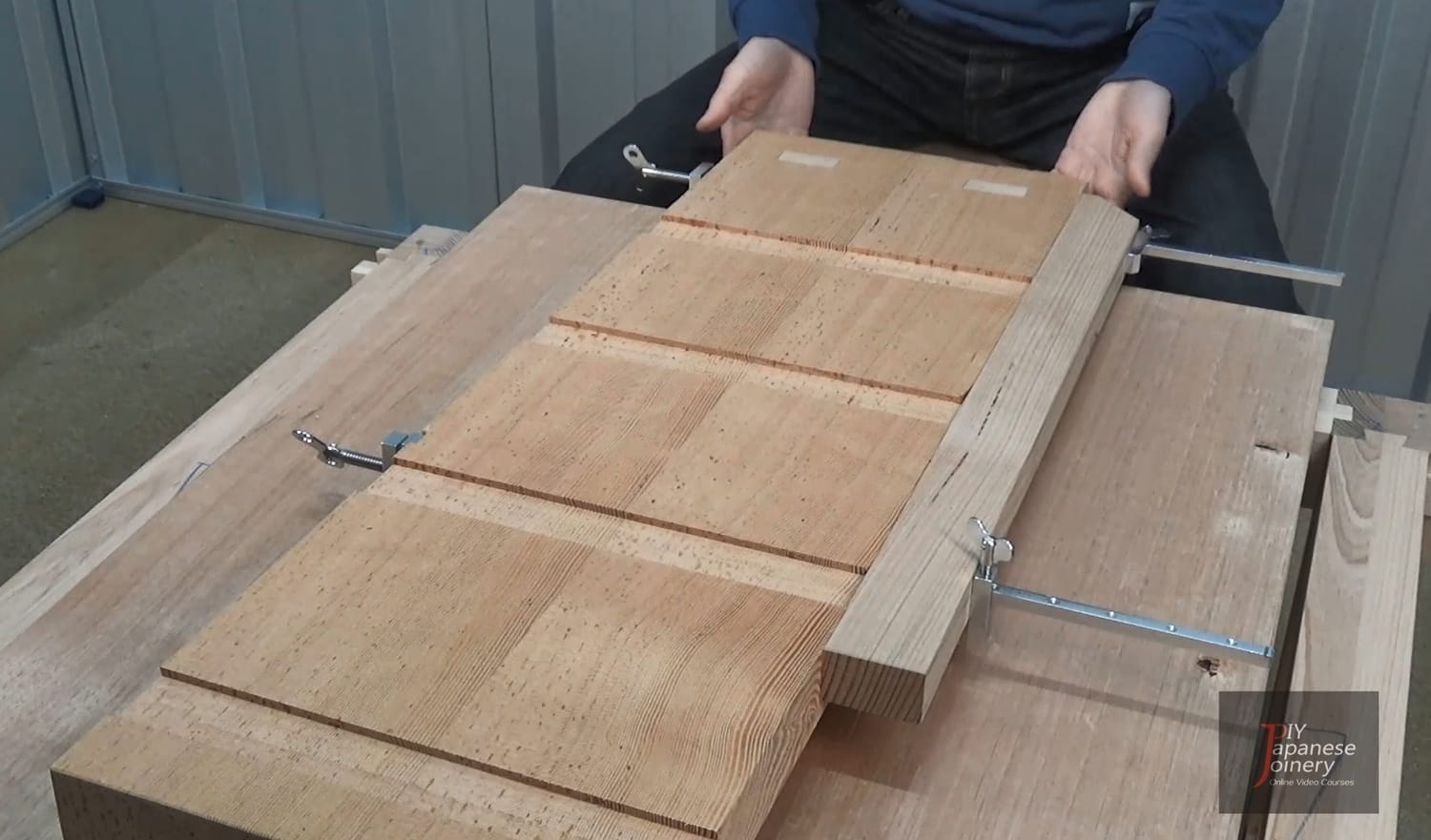
During the day it can serve as your woodworking station, and at mealtimes it returns to a dining table—the biggest advantage is this quick ability to switch between work and daily life.
Folding Sawhorses
With a pair of folding sawhorses and a board across them, you can create a simple and effective temporary workbench. Storage is easy too.

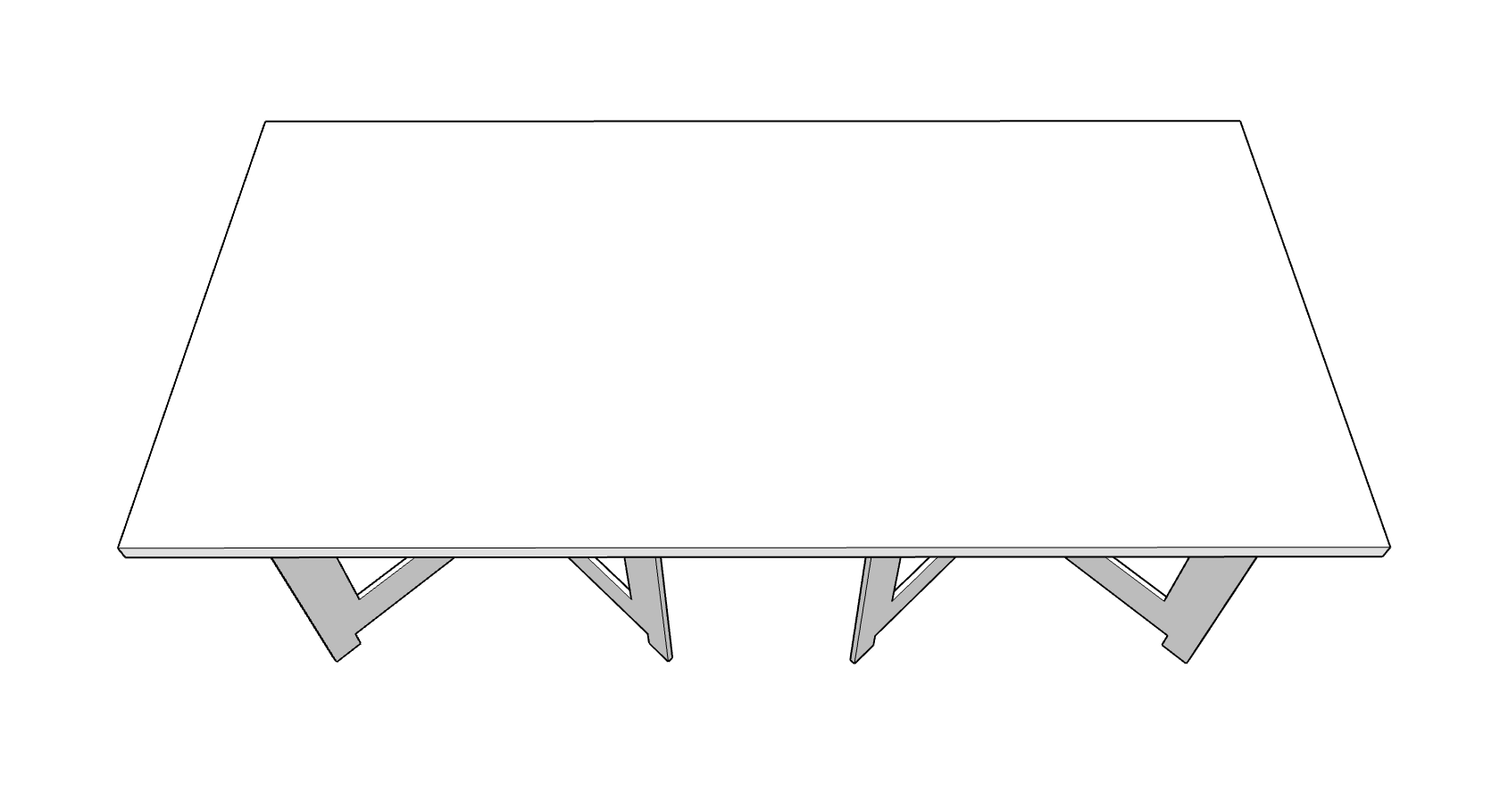
When not in use, just fold them and lean them against the wall, where they won’t take up precious space. If they’re lightweight, you can even carry them onto a balcony for outdoor work.
Knock-Down Stools
Another clever option is a stool designed to be knocked down. Assemble it only when needed, and disassemble it afterwards for storage.
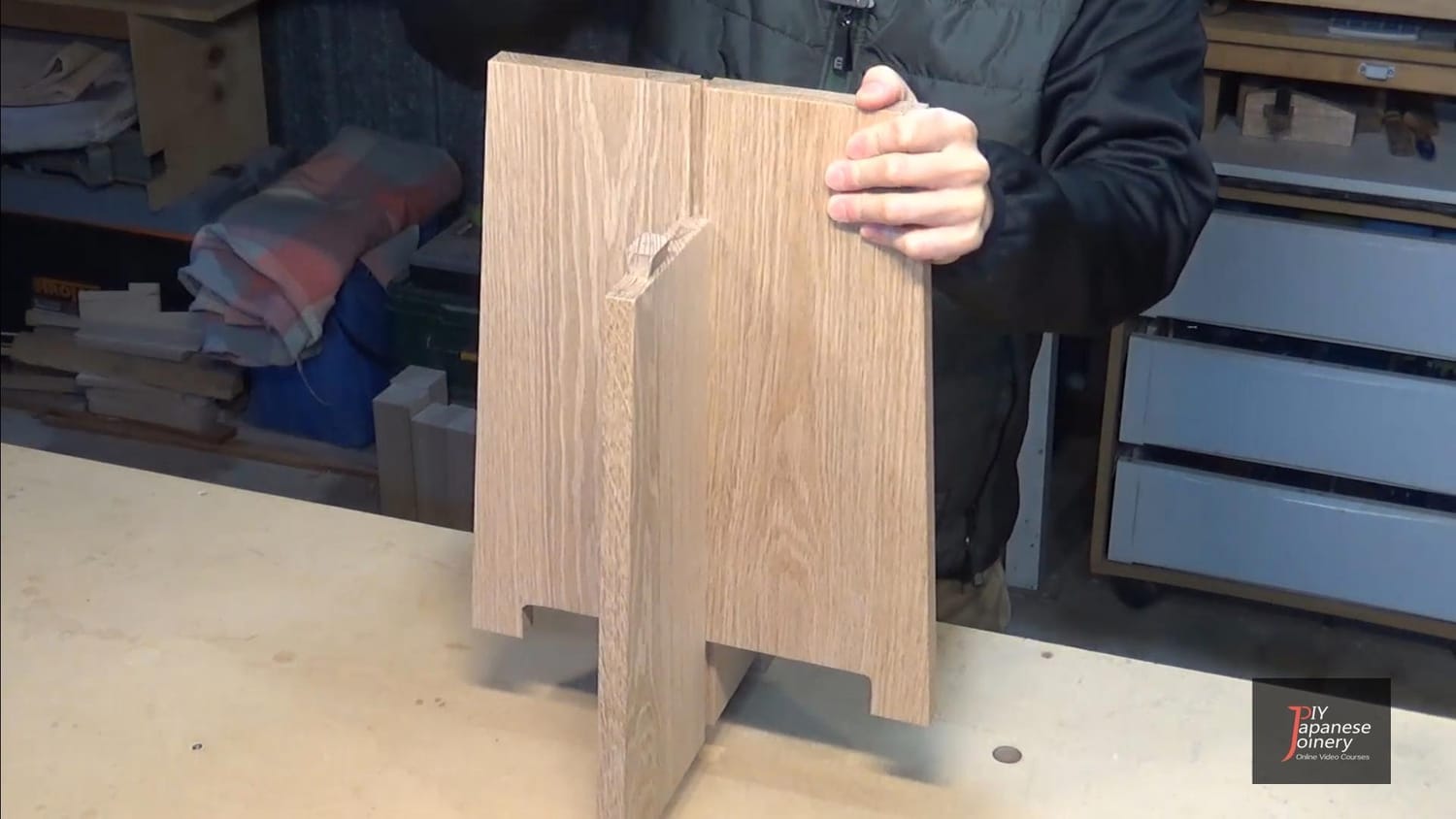
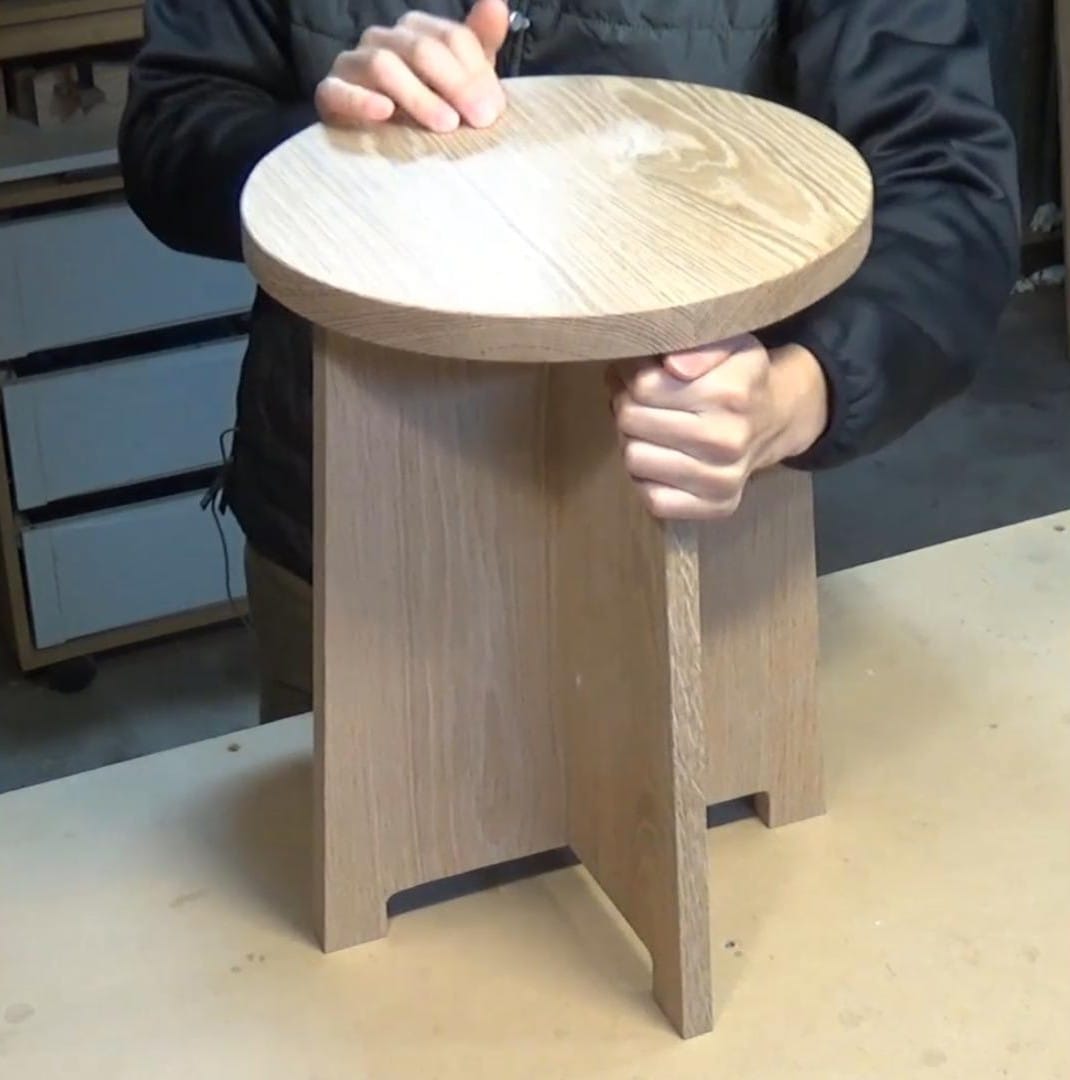
This way, you don’t need to keep it permanently in the living room, and it can also be useful on a balcony or in a small room.
Start with Small Projects
Begin with compact, easy projects such as cutting boards, stationery trays, or wooden spoons. These are well suited to small spaces and give you quick results.
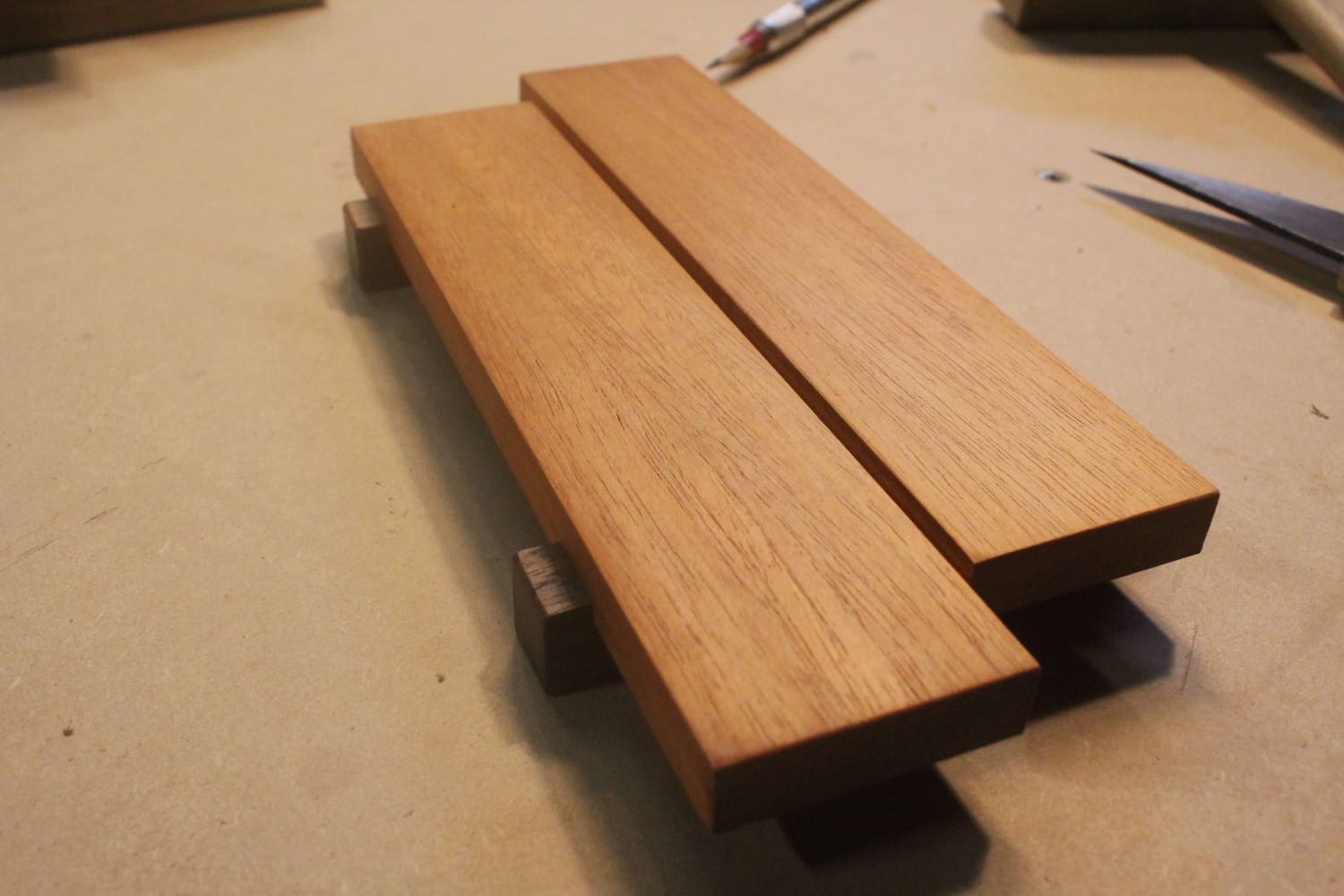
Small successes build motivation, helping you gain the confidence to take on larger furniture projects later.
Managing Noise and Dust
To handle noise and dust in an apartment setting, spread out a blue plastic sheet or sound-absorbing mat, and clean frequently with a vacuum. Limiting work to daytime hours keeps it neighbour-friendly.
When you focus on hand tools, the noise stays at a level comparable to ordinary household sounds. With thoughtful preparation, you can practise woodworking while still being considerate of those around you.
Conclusion: Even with Limitations, It’s Possible
To repeat: You can do woodworking in an apartment, even in your living room.
Why? Because even today, Japanese sashimono craftsmen continue to create refined furniture in extremely small spaces.
And because around the world, the movement of unplugged woodworking is spreading, with projects being born in small living rooms and dining rooms everywhere.
What is required is not a “large workshop,” but creativity, preparation, and the courage to take the very first step. In fact, it is precisely because of limitations that your ability to invent and adapt grows stronger—and in doing so, you come closer to the true essence of woodworking.
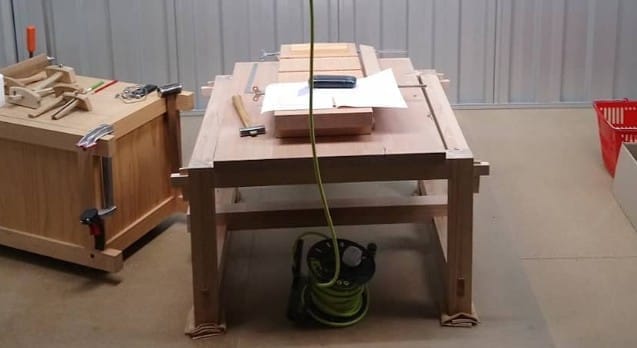
Your living room too can become a fully functional workshop, depending on how you approach it.
If you’re starting to think “Maybe I really can do this,” now is the perfect time to try. The projects shown here—stools, planing boards, sushi tray—are all part of my course, created entirely with hand tools.
With free 14-day trial, you can begin right away and experience for yourself that woodworking is possible even without a large workshop.
Latest Posts
Free 14 day trial
Some moments just can’t be captured in pictures or text. Watch every movement in detail—the way the tools are handled, the pressure applied, the exact angles.
Get full access to all lessons in the DIY Japanese Joinery online course free for 14 days and start building with confidence today.
About me

Hi there, I’m Hisao Zen, a Japanese woodworking artisan with 25+ years’ experience. I share the techniques and traditions of joinery through online courses, guiding beginners step by step while inspiring them to carry this timeless craft into the future.
Latest Posts
See What Photos and Words Can’t Show You
Some moments just can’t be captured in pictures or text. Watch every movement in detail—the way the tools are handled, the pressure applied, the exact angles.
Get full access to all lessons in the DIY Japanese Joinery online course free for 14 days and start building with confidence today.
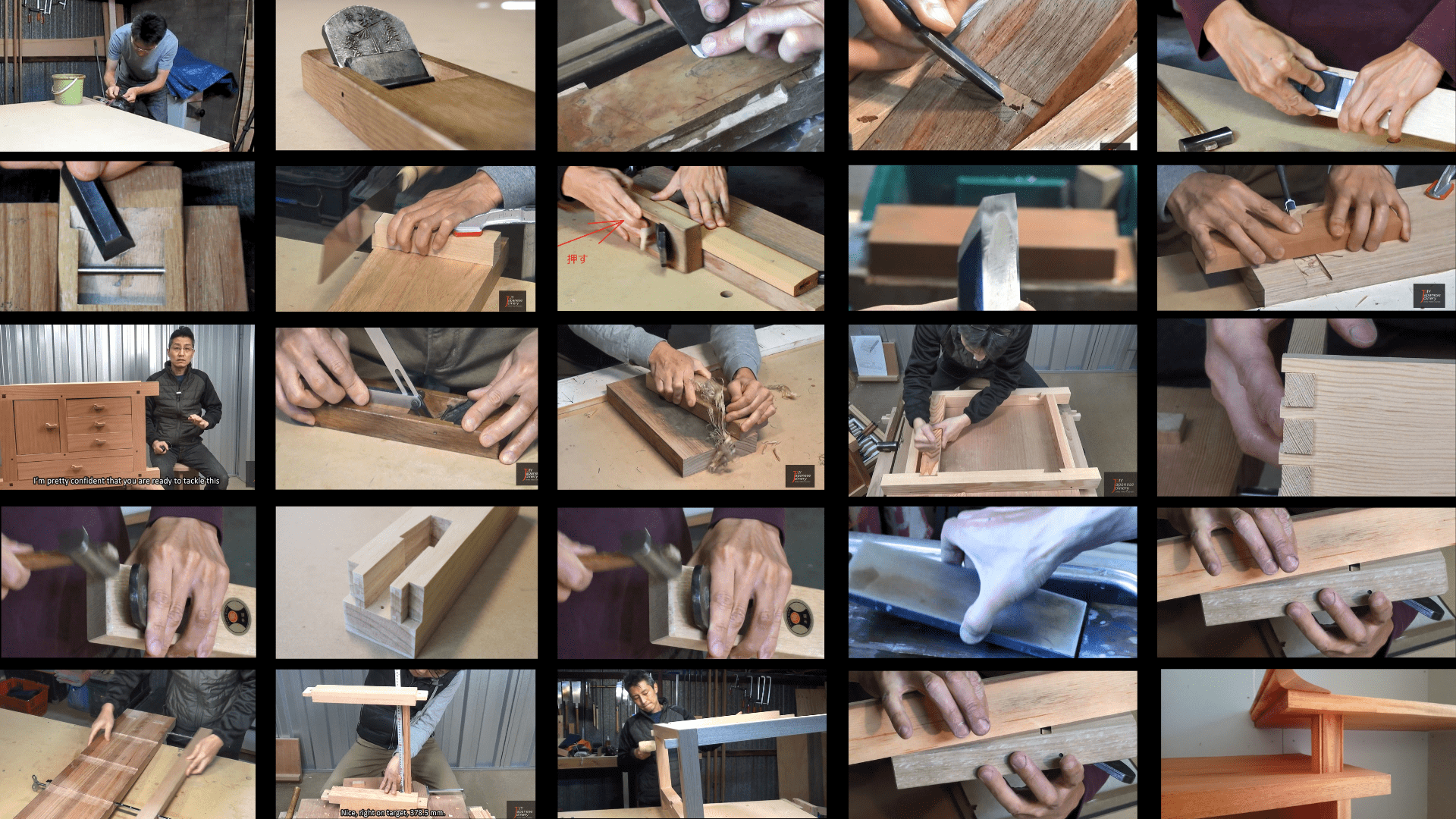
©2025 DIY Japanese Joinery
All pricing is in U.S. dollars.
Some images by Freepik





